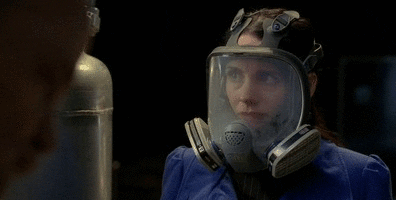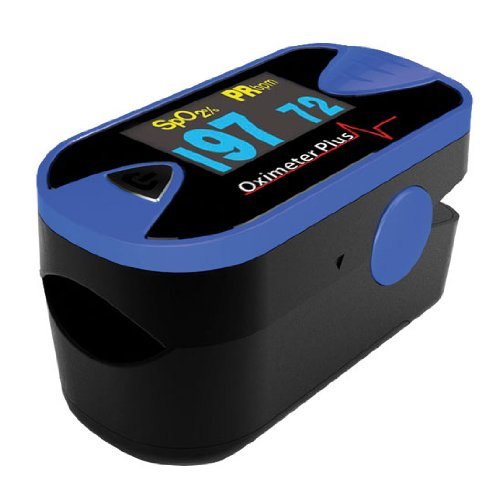Somedudeintn
Cleared for Takeoff
I’ve done a few flights at 10.5 and 11.5 at night and never checked my SpO2 levels. I picked up a pulse oximeter and would see 95-98% on the ground. I took a 4.5 hour flight each way this weekend (my longest flight yet) and flew at 8000 there and 9000 back.
I was surprised to see a lower SpO2 number even at those altitudes. The lowest I saw was 84, and was typically 88-94. I was able to get to 95 by focusing on breathing more deeply after I noticed a lower number. I’m in my mid thirties and exercise about once a week.
Anyway this is my Psa that I was surprised by lower numbers even below 10,000. I bought an E size O2 tank with a regulator and cannulas and masks off craigslist for $35 and plan on getting it filled at the airport tomorrow for $25.
I’m going to start planning on having O2 available for me on flights above 8000ft. I’m excited about some more options for flying higher too.
Anyway the PSA is to pick up a pulse oximeter and check your O2 saturation at altitude. You may be surprised.
I was surprised to see a lower SpO2 number even at those altitudes. The lowest I saw was 84, and was typically 88-94. I was able to get to 95 by focusing on breathing more deeply after I noticed a lower number. I’m in my mid thirties and exercise about once a week.
Anyway this is my Psa that I was surprised by lower numbers even below 10,000. I bought an E size O2 tank with a regulator and cannulas and masks off craigslist for $35 and plan on getting it filled at the airport tomorrow for $25.
I’m going to start planning on having O2 available for me on flights above 8000ft. I’m excited about some more options for flying higher too.
Anyway the PSA is to pick up a pulse oximeter and check your O2 saturation at altitude. You may be surprised.


